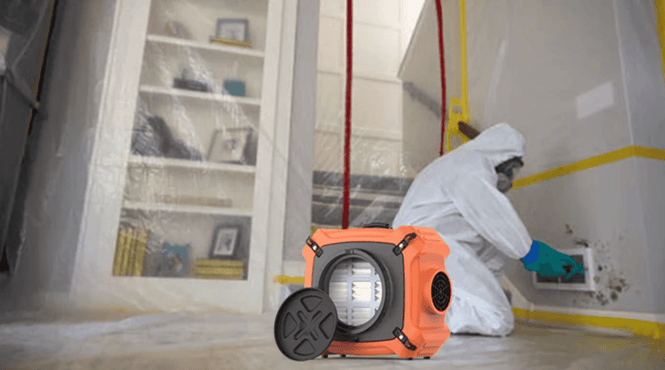Posted by Spycor LLC on Oct 13th 2025
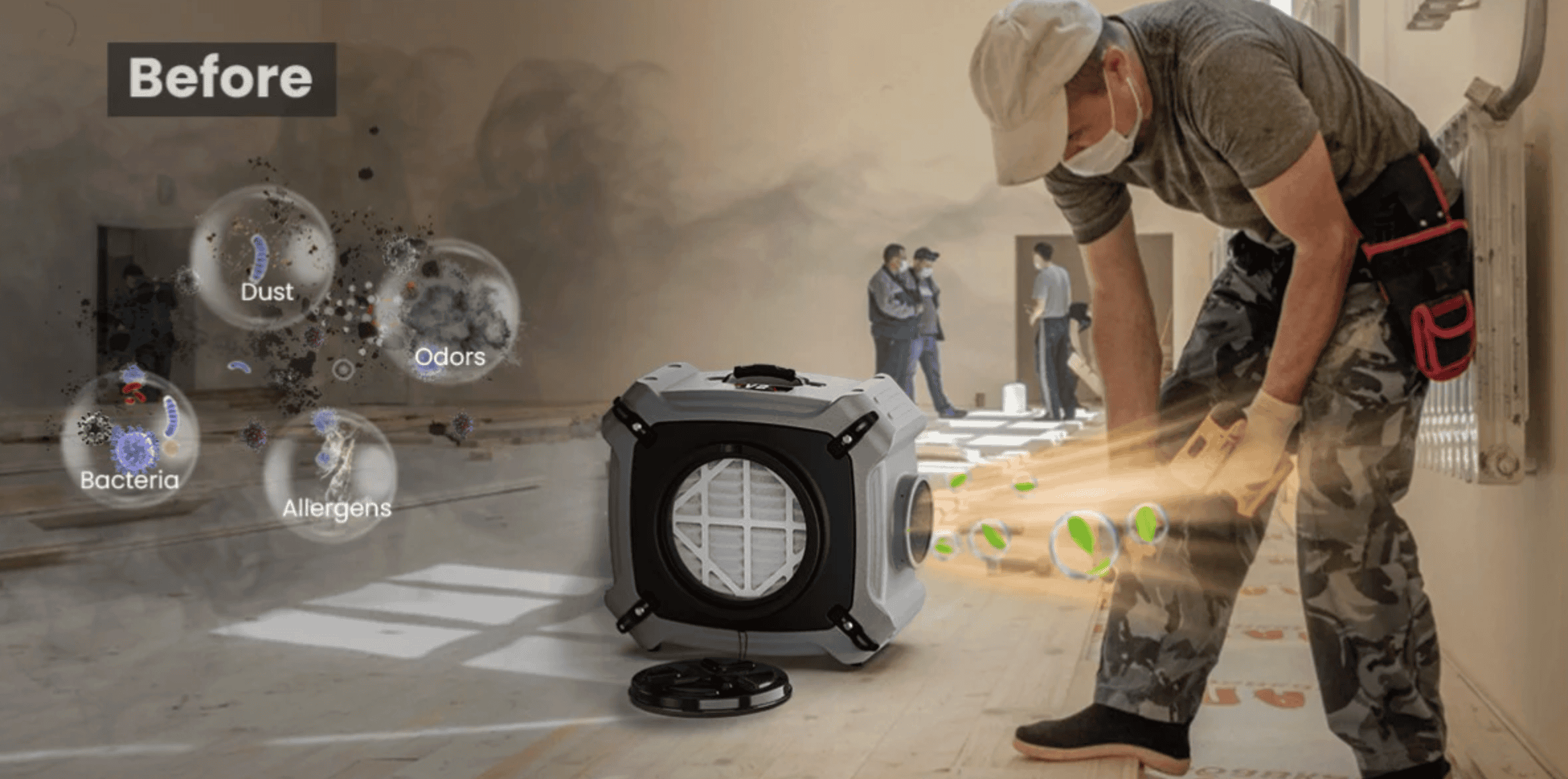
In industries like remediation and construction, ensuring clean, safe air is critical for project success and worker safety. Whether you're tackling mold remediation, asbestos abatement, or dust control on a job site, portable negative air machines and HEPA air scrubbers are essential tools for creating negative pressure containment and filtering out harmful particles. At Spycor, we offer high-quality negative air machines for sale, designed to meet the demands of professionals in restoration, healthcare, and industrial settings. This guide explores these devices, their benefits, and how to choose the right one to help you make an informed purchase.
What is a Negative Air Machine?
A negative air machine creates negative air pressure in a confined space to prevent the spread of contaminants like dust, mold spores, and airborne pollutants. It draws air into the unit, filters it through advanced HEPA (High-Efficiency Particulate Air) filters that capture 99.97% of particles down to 0.3 microns, and exhausts clean air outside or recirculates it. These machines are vital in medical facilities, factories, and construction sites where air quality control is non-negotiable.
Unlike basic air purifiers, negative air machines prioritize containment through negative pressure, making them ideal for hazardous material handling, such as asbestos abatement, where negative pressure has been standard since the 1980s. In mold remediation, a HEPA negative air scrubber traps spores, preventing cross-contamination. Key features include:
- High CFM Ratings: Units with 600-2000 CFM handle large spaces efficiently.
- Durable Design: Roto-molded polyethylene housings resist chemicals and impacts.
- Variable Speeds: Adjustable settings for low-noise operation in hospitals or high-power for construction.
For those needing a negative pressure air machine, these units excel by creating a vacuum effect, ensuring contaminants stay contained.
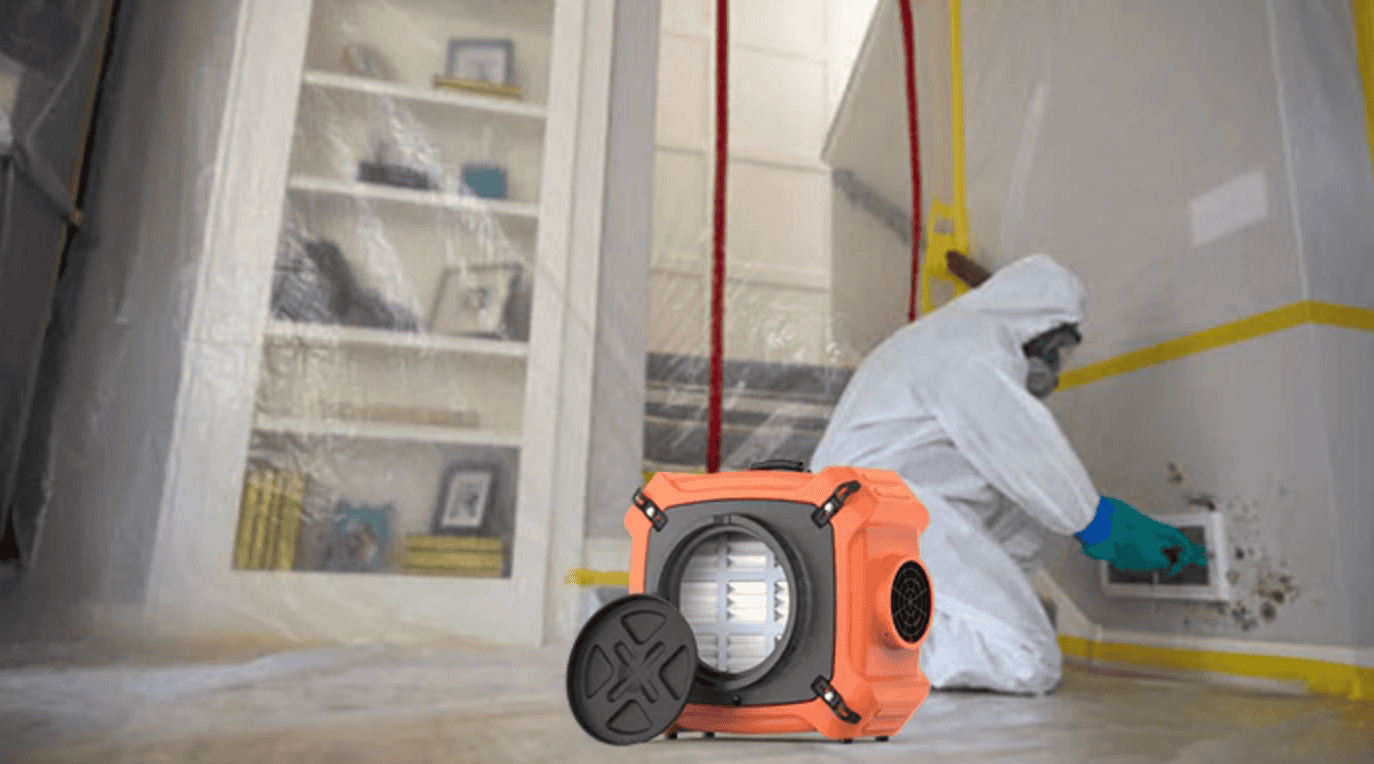
Benefits of HEPA Air Scrubbers in
Remediation Projects
HEPA air scrubbers, often integrated into negative air machines, provide unmatched filtration for demanding environments. They remove particles like mold spores, dust, bacteria, and allergens, making them essential for remediation work. In mold remediation, they pull contaminated air through multi-stage filters (pre-filters and HEPA), releasing purified air to reduce health risks.
Key benefits include:
- Superior Air Quality: Captures 99.97% of particles down to 0.3 microns, perfect for hospitals or schools.
- Versatile Applications: Ideal for dust control in construction or asbestos abatement to contain fibers.
- Regulatory Compliance: Reduces exposure to airborne toxins, meeting safety standards.
- High Efficiency: Models with 750 CFM cover up to 1,500 sq. ft., with UV-C light options for sterilization.
These benefits ensure faster project completion and fewer liability issues. Studies confirm HEPA filtration significantly reduces mold spore counts, enhancing indoor safety.
Applications: From Mold Remediation to
Industrial Use
Negative air machines excel in scenarios requiring containment and filtration. For mold remediation, they create a negative pressure zone, trapping spores in HEPA filters to prevent spread. Models like those from Abestorm or Purisystems, with 3-stage filtration, are top choices for water damage restoration.
Other applications include:
- Asbestos Abatement: Contains fibers to meet safety regulations.
- Construction Dust Control: Improves visibility and worker health.
- Healthcare and Commercial: Used in hospitals for infection control or factories for air purification.
- Restoration: Perfect for handling smoke and debris post-disaster.
With growing emphasis on indoor air quality in 2025, these machines are also popular in offices and gyms.
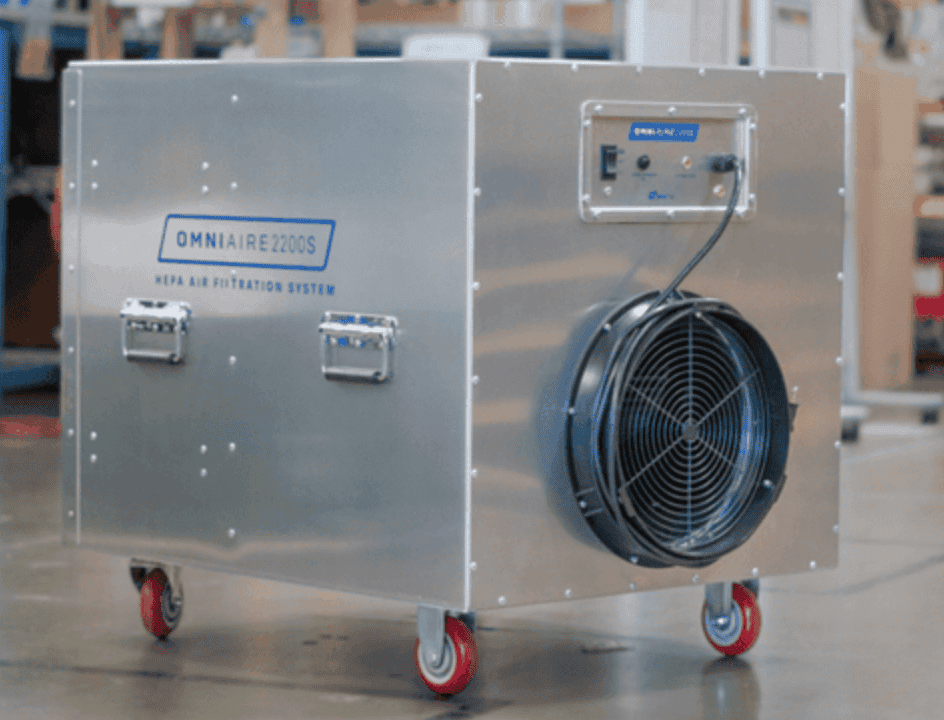
How to Choose the Best Portable Negative
Air Machines
.
Key factors to consider:
- CFM and Coverage: Choose 900-2000 CFM for 1,100+ sq. ft. spaces.
- Portability: Wheeled, stackable designs like the Rotobrush R5000 are versatile.
- Filtration: Ensure MERV-10 pre-filters plus HEPA for thorough cleaning.
- Features: UV lights and variable speeds enhance functionality.
Spycor.com offers budget-friendly options with durable roto-molded housings for long-term use. Verify certifications for compliance.
Negative Air Machine Rental vs. Buy: Which is Better?
For negative air machine rentals, short-term projects benefit from avoiding maintenance costs—ideal for one-off mold jobs. They offer flexibility without high upfront costs. Buying is better for frequent users like contractors, offering long-term savings and availability. Spycor.com provides both options, with rentals great for testing models. Tip: If usage exceeds 6 months annually, buying is often more economical.
Ready to Enhance Your Air Quality? Shop Now at Spycor
A high-quality negative air machine or HEPA air scrubber can elevate your remediation projects, ensuring safety and efficiency. Spycor’s selection includes top-rated portable models for mold, asbestos, and dust control. Browse our range and find your solution today.
Click Here to Shop Negative Air Machines.
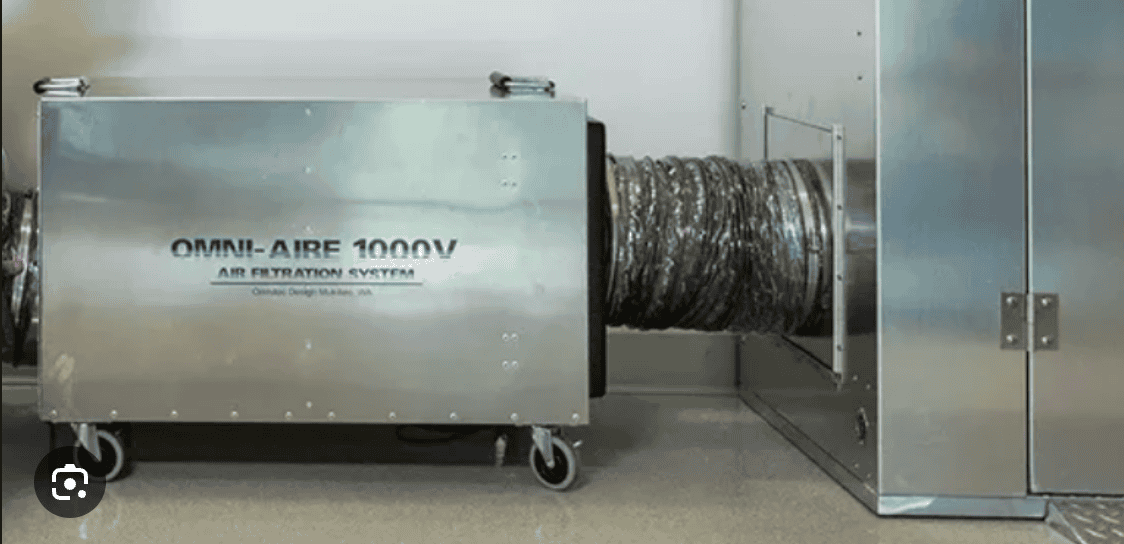
FAQ: Frequently Asked Questions About
Negative Air Machines
What is the primary function of a Negative Air Machine on a job site?
The primary function is twofold: to create negative pressure in a contained work area (like a hospital isolation room or an abatement zone) to prevent contaminants from escaping, and simultaneously, to filter the air using high-efficiency HEPA Air Scrubbers to remove fine hazardous particles.
How often do I need to change the HEPA filter in my Air Scrubber?
The HEPA filter has a much longer lifespan than the pre-filters. In a clean environment, it can last for hundreds of hours. However, in heavily dusty or contaminated environments, it may need replacement sooner. Always change it when the unit's filter change indicator alerts you, or when you notice a significant drop in CFM performance, as this indicates the filter is fully loaded.
Is a high ACH rate always better for my project?
While a higher ACH rate means cleaner air faster, it is not always necessary or cost-effective. For critical environments like isolation rooms, a very high ACH (12+) is mandated. For general construction, an ACH of 4-6 is usually sufficient. Always match your Negative Air Machine's capacity to the required regulatory standard for your specific application.
Can I use a Carbon Filter with any Negative Air Machine?
Most industrial Air Scrubbers are designed with a final stage slot specifically for a carbon/vapor trap filter. This is an add-on and is only necessary when your project involves fumes, paint odors, smoke damage, or other volatile organic compounds (VOCs) that a standard HEPA filter will not remove.
What regulations govern the use of Negative Air Machines in commercial settings?
The use of Commercial Negative Air Machines is governed by several bodies, including:
-
OSHA (Occupational Safety and Health Administration), especially for worker safety during asbestos and lead removal.
-
EPA (Environmental Protection Agency), specifically through the RRP Rule.
-
ICRA (Infection Control Risk Assessment) standards for healthcare and clinical environments. Always consult the regulatory body relevant to your specific job type and location.

